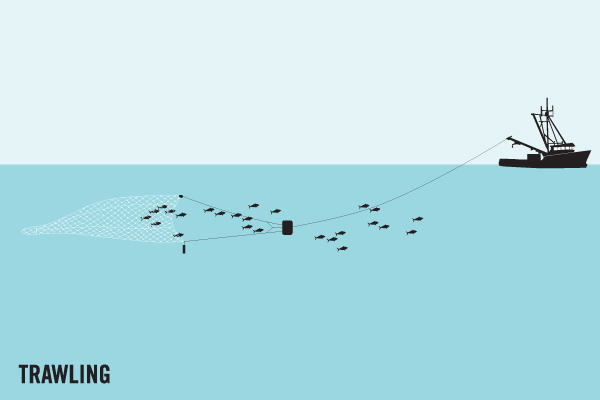Average Weight/Length
Averages 4-6 inches; maximum about 12 inches.
Other "Popular" Names for this Fish
Greenie, Greenback, Shiner, Thread, Machuelo
Location Habitat
Both inshore and offshore waters. Inhabit harbors and shallow coastal areas. Pelagic. Form schools (but solitary individuals reported), probably not entering water of low salinity. Feed by filtering plankton (copepods), but also take small fishes, crabs and shrimps. Marketed fresh, frozen and salted; also used in the fishmeal industry. Occur in freshwater in St. Johns River, Florida
Biology & Physical Description
Similar to the Pilchard but with a deeper body and larger eye. Also easily distinguished by the elongated, threadlike posterior ray of the dorsal fin. Dark spot behind gill cover. Dorsal spines (total): 0; Dorsal soft rays (total): 19-21; Anal spines: 0; Anal soft rays: 23 - 24. The filamentous last dorsal fin ray distinguishes this species from all other western Atlantic clupeoids except Dorosoma, which has an inferior mouth. Otherwise, superficially resembles species of Sardinella (but i 8 pelvic fin rays in western Atlantic species, cf. i 7 in Opisthonema) and Harengula (but small toothed hypomaxilla in upper jaw). Lower gill rakers stable at 28 to 46 after 8 cm (Ref. 188). Silvery, with a bluish or greenish back, 6-7 lengthwise dark streaks on side. Dark spot above opercle, larger dark spot behind opercle, usually with a row of dark spots behind it. Lower profile deeply curved. Head pointed
Life Cycle & Mating Behavior
Possibly breeds in March-July off Venezuela.
Sport Fishing Techniques
|
|
TrawlingTrawling is when.... |
|
Tackle & Baits
Usually caught in cast nets, but also on multi-hook bait rigs.
Game Rating
Game Rating : 1/10
Game Description :
None
Food Rating
Game Rating : 2/10
Game Description :
Seldom eaten.




















 Atlantic Thread Herring (Bait Fish)
Atlantic Thread Herring (Bait Fish) 

